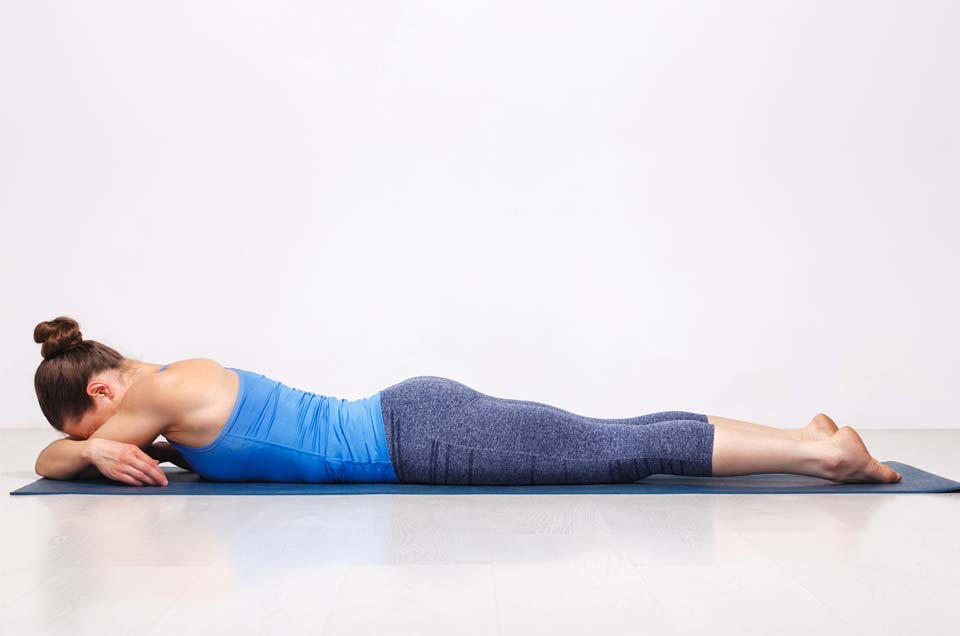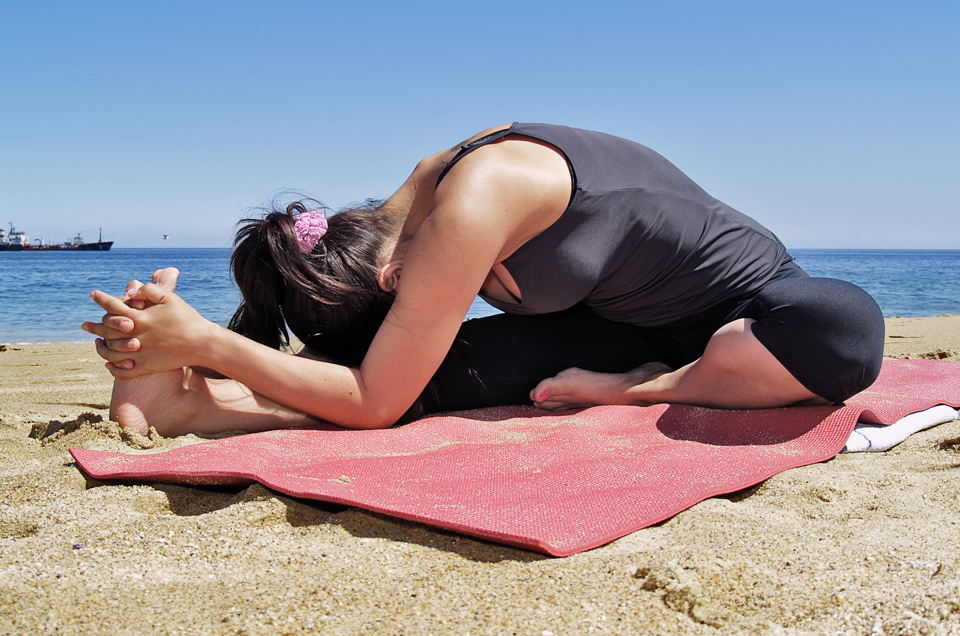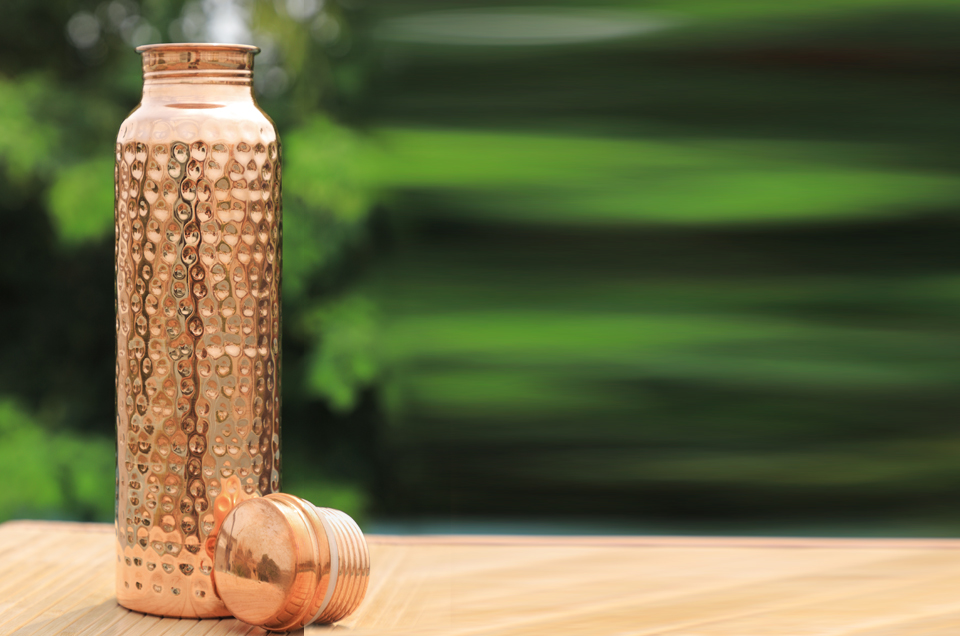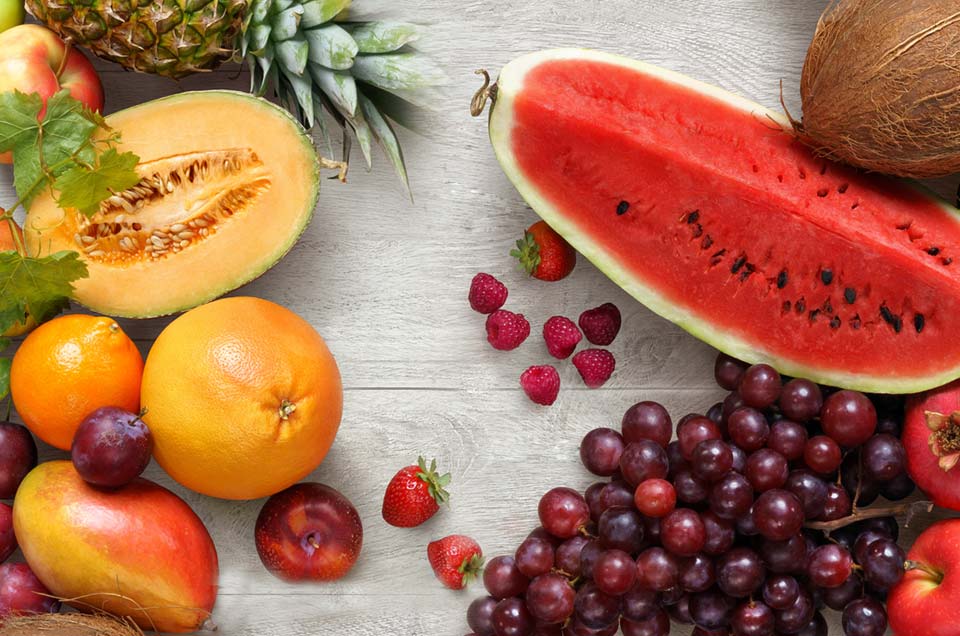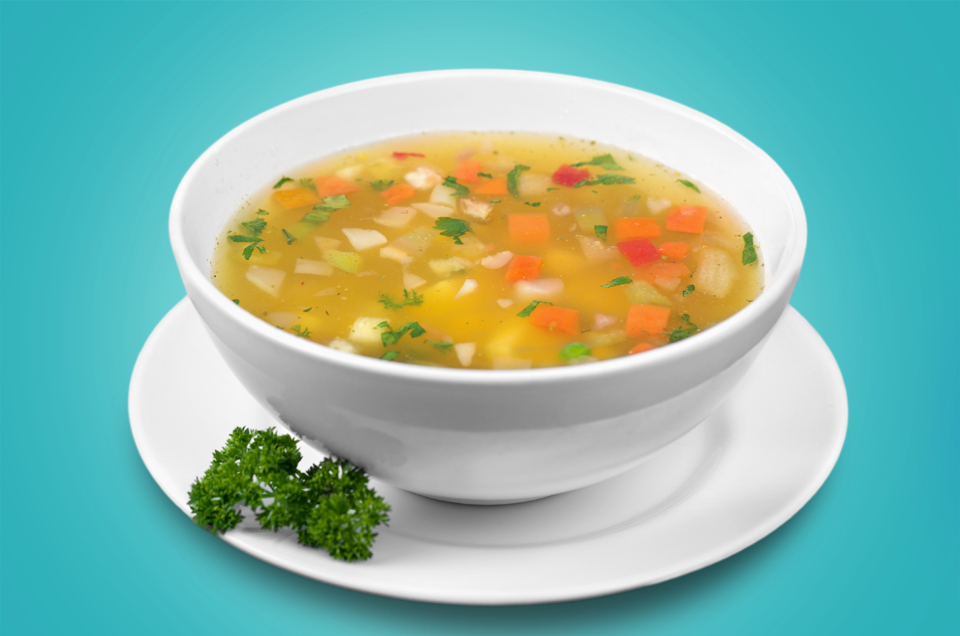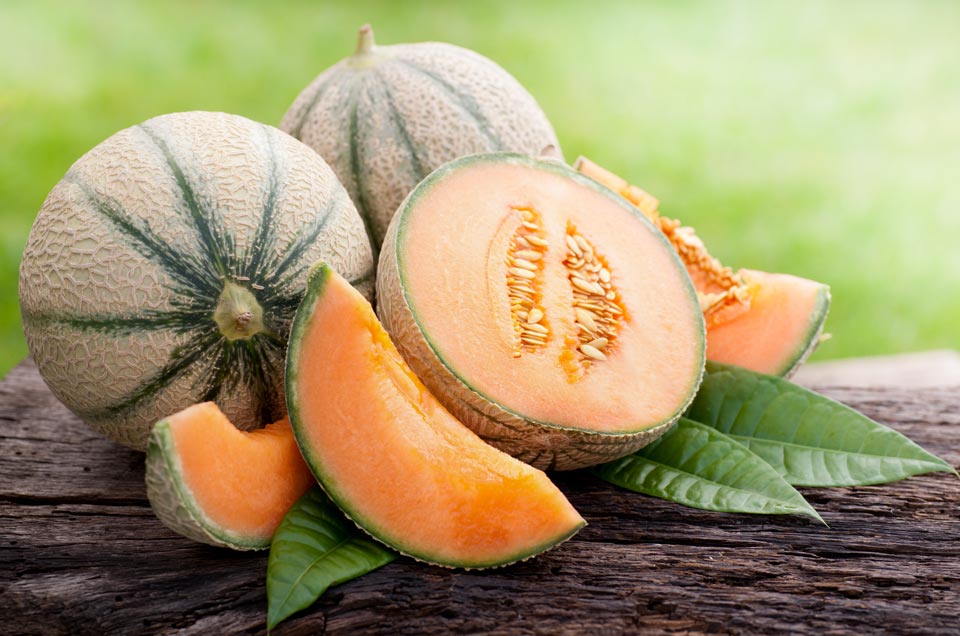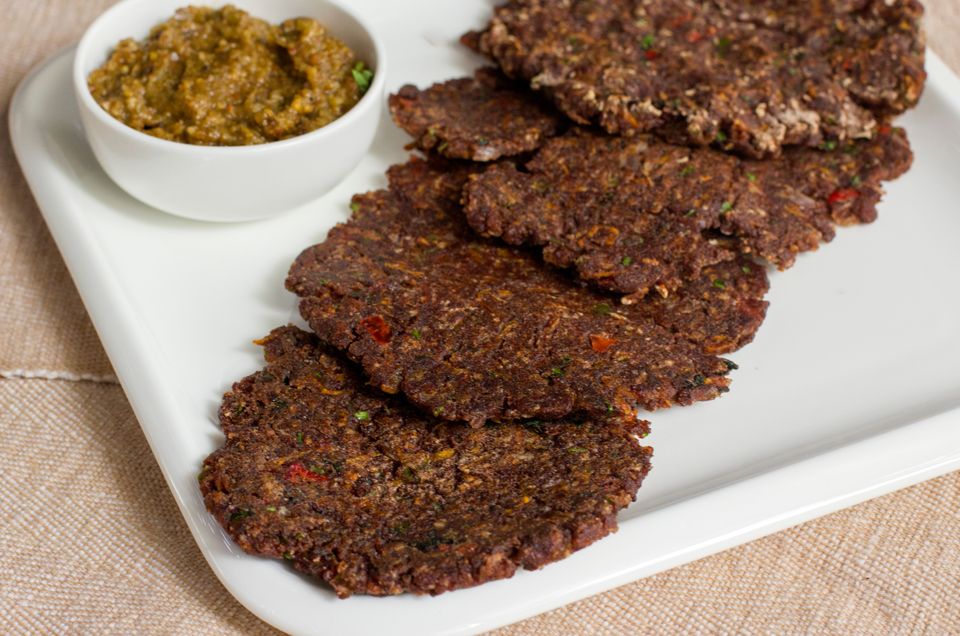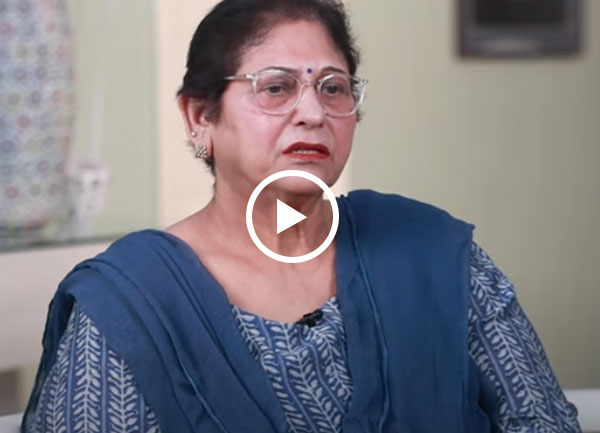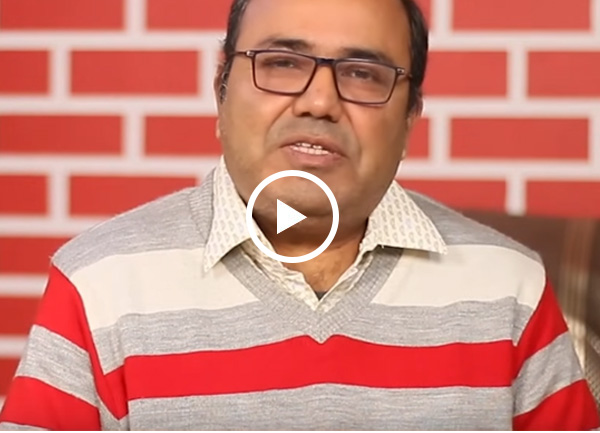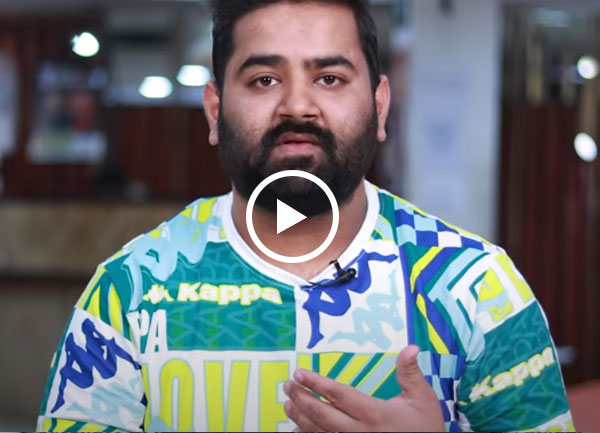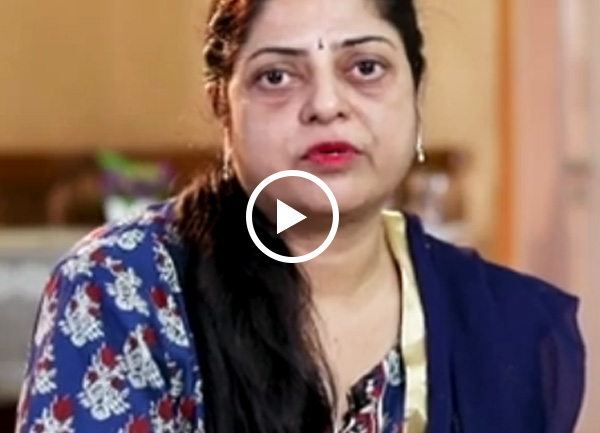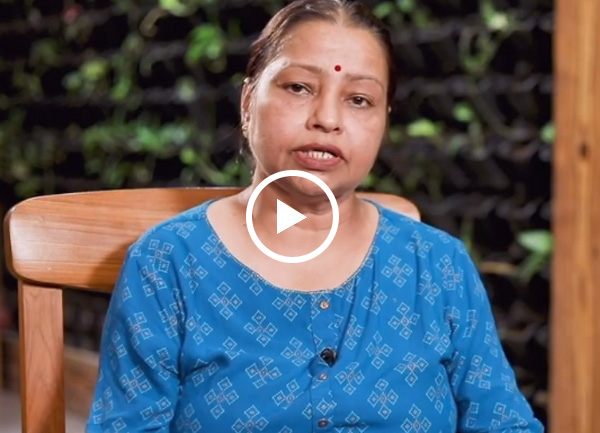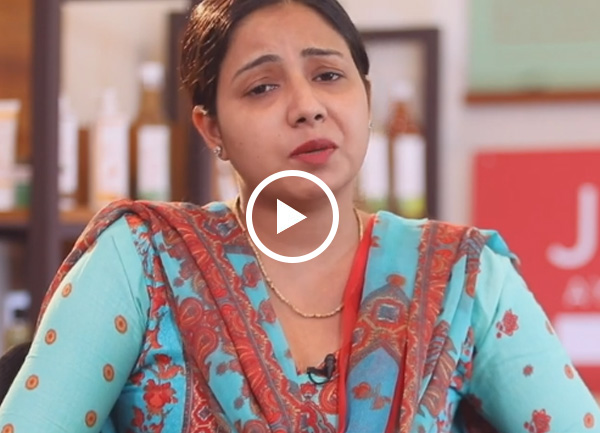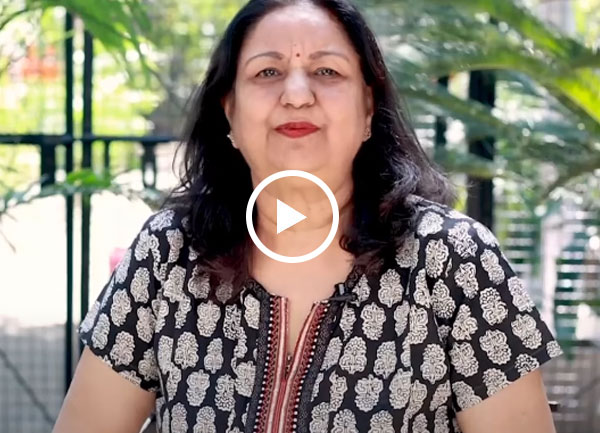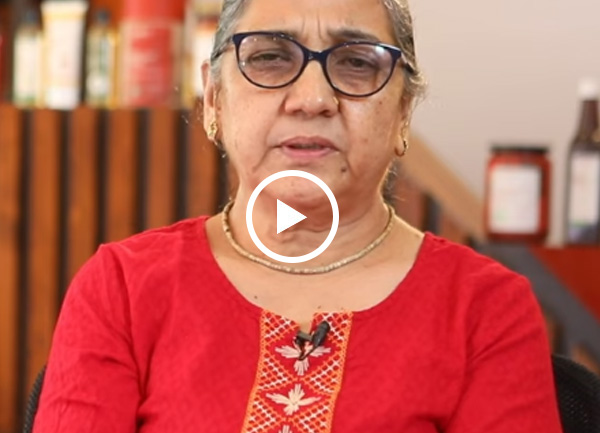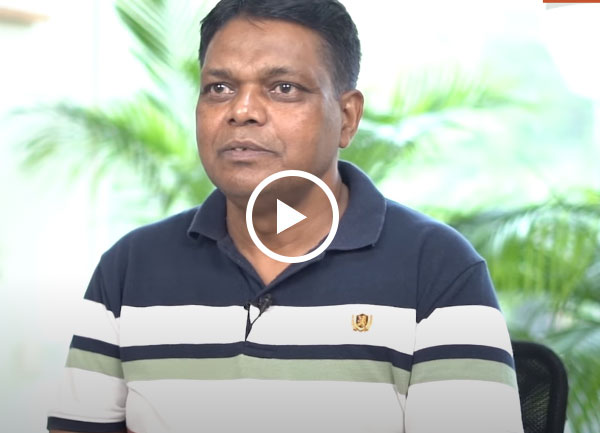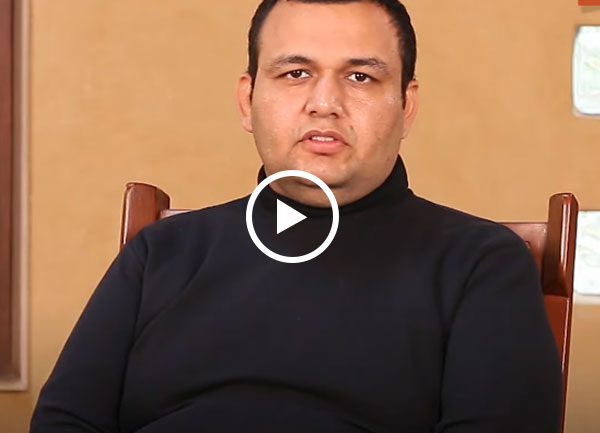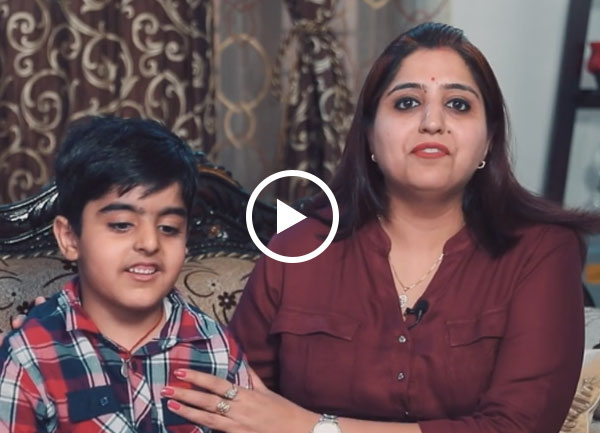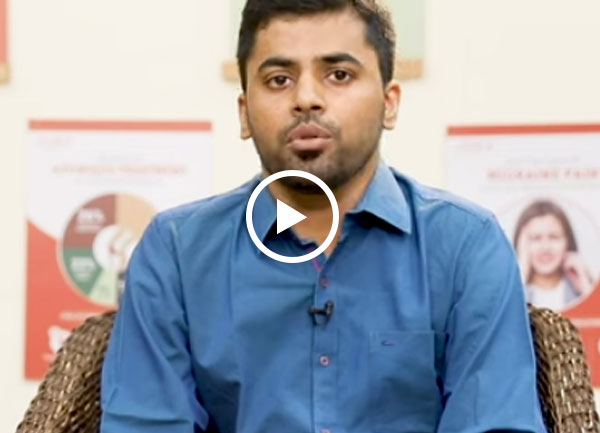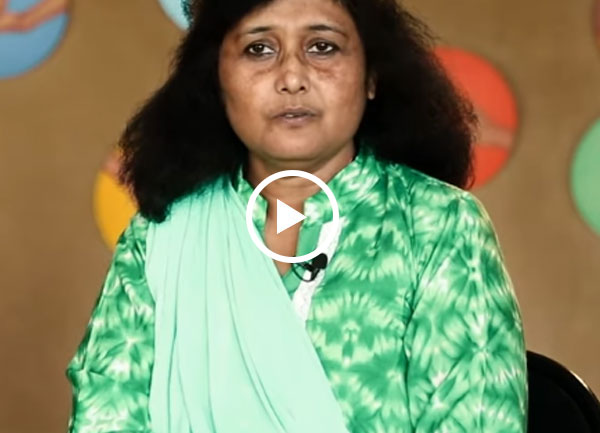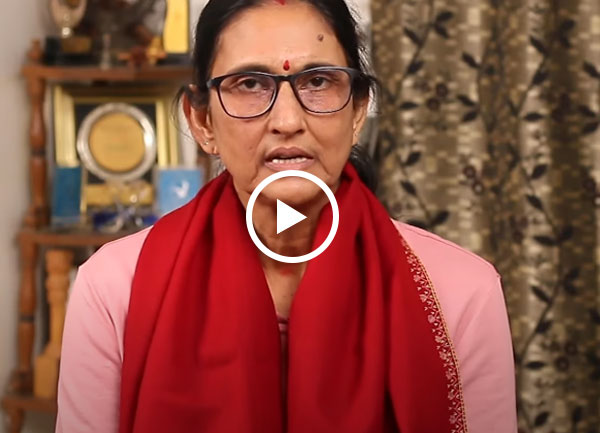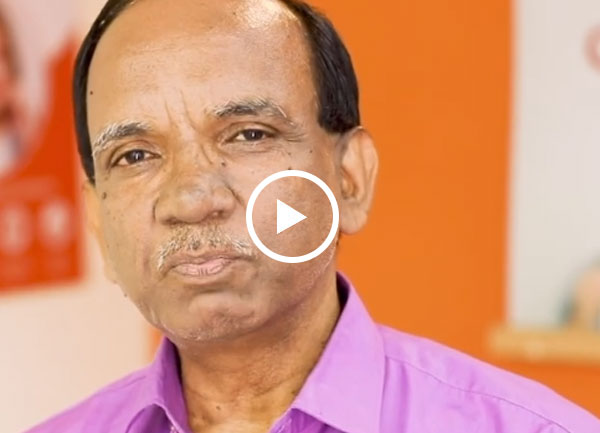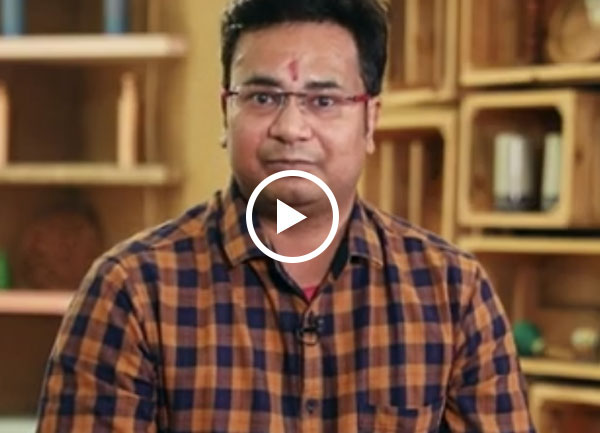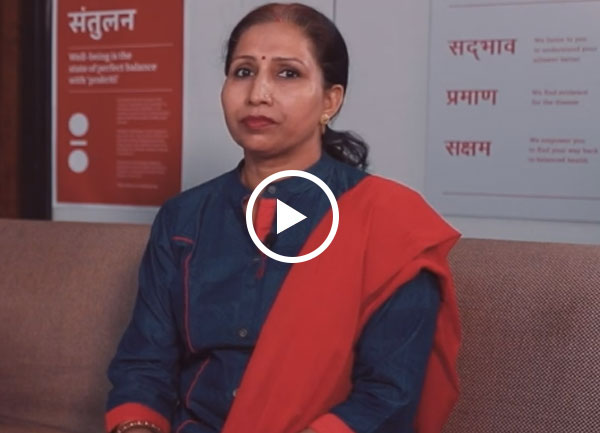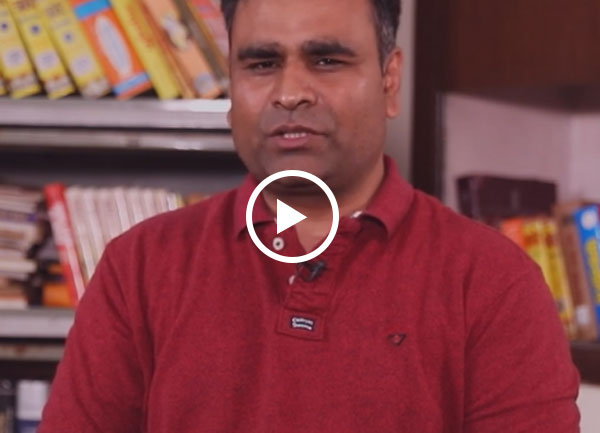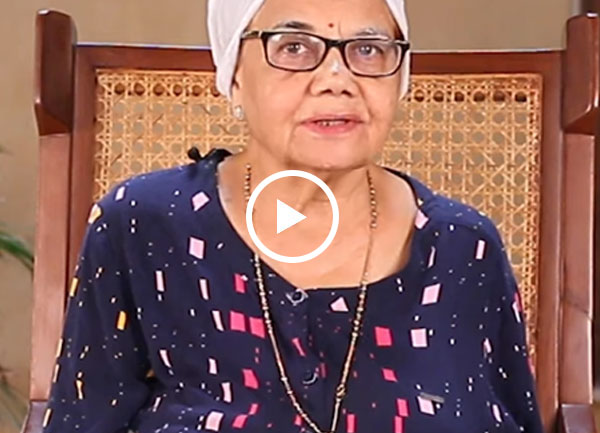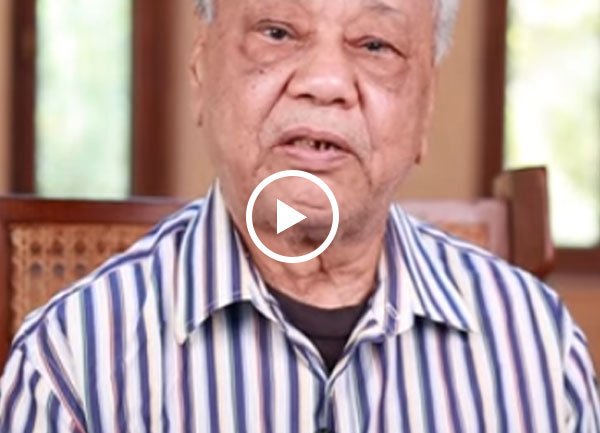Contrary to popular belief, Pranayama is not just about taking inhaling deeply and exhaling out, but something more than that. Literally, Pranayama is derived from two words – prana, which means life force and ayama, which means to expand. Therefore, literally, the word Pranayama means the expansion of life force.
Let us now discuss the directions, benefits and precautions to be followed while doing anulom-vilom, an important part of Pranayama.
Directions:
-
Keep a calm mind and sit in a cross-legged posture. You can sit any of the yoga postures such as padma asana, sukha asana or bajra asana or any other convenient asana.
-
Keep your spine erect and head straight.
-
Close the right nostril with your right thumb.
-
Exhale from the left nostril and then again inhale deeply from the same.
-
Now close the left nostril with the little finger of the right hand. Hold your breath inside for a few moments (15 seconds).
-
Now remove the right thumb and exhale from the right nostril. Then again inhale from the right nostril.
-
Again hold your breath inside for a few moments and remove the left little finger from the nostril and exhale.
-
Keeping on repeating the process for at least 5 min. You can increase the duration of the exercise to 10 min and 15 mins with practice.
Benefits of anulom-vilom
-
Helps in keeping mental disorders at bay.
-
Improves concentration, spiritual power and memory strength.
-
Strengthens the lungs and keeps it from diseases.
-
Boosts jatharagni (digestive fire) and improves digestion.
-
Calms the mind and relieves mental and physical stress.
Precautions:
-
Initially, for at least 3-4 months, practice anulom-vilom without holding your breath.
-
In the beginning, maintain the ratio of breathing, holding breath and exhaling as 1:2:2. With practice you can increase to 1:4:2.
-
Don’t hold your breath forcefully.
-
Sit still while practicing this asana.
-
Increase the duration of the asana gradually.
-
Inhale and exhale smoothly, rhythmically and without creating any kind of noise.
-
People with high blood pressure should practice this asana without holding their breath.
-
Always practice after proper consultation or under the guidance of an expert.




 Jan 21, 2020
Jan 21, 2020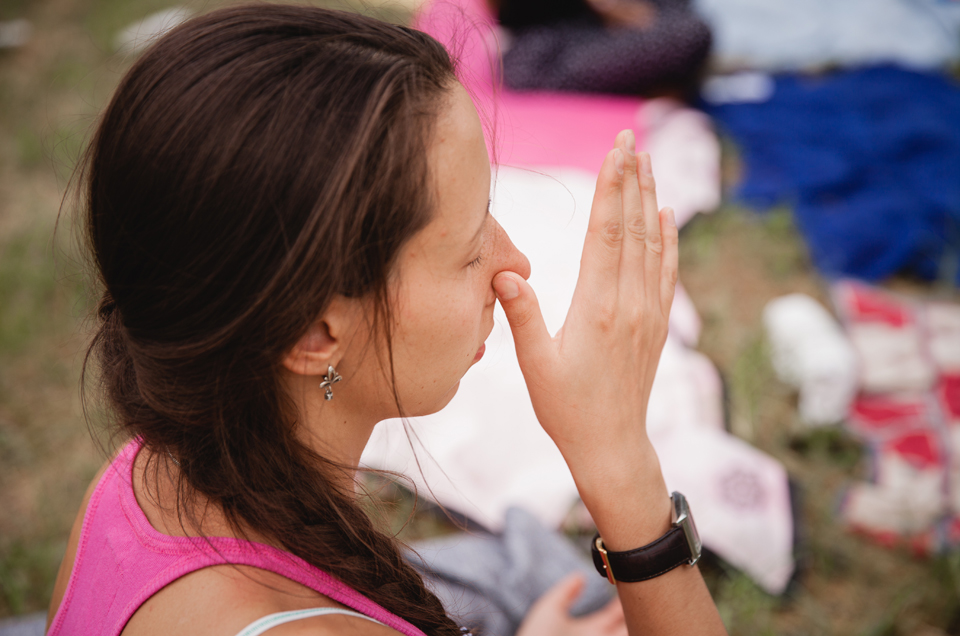
 Prev
Prev
